In the circuit shows in Fig. the initail current through the inductor at t=0 is I0. After a time t=L/R, the switch is quickly shifted to position 2.
a. Plot a graph showing the variation of current with time.
b. Calculate the value of current in the inductor at t=32LR.
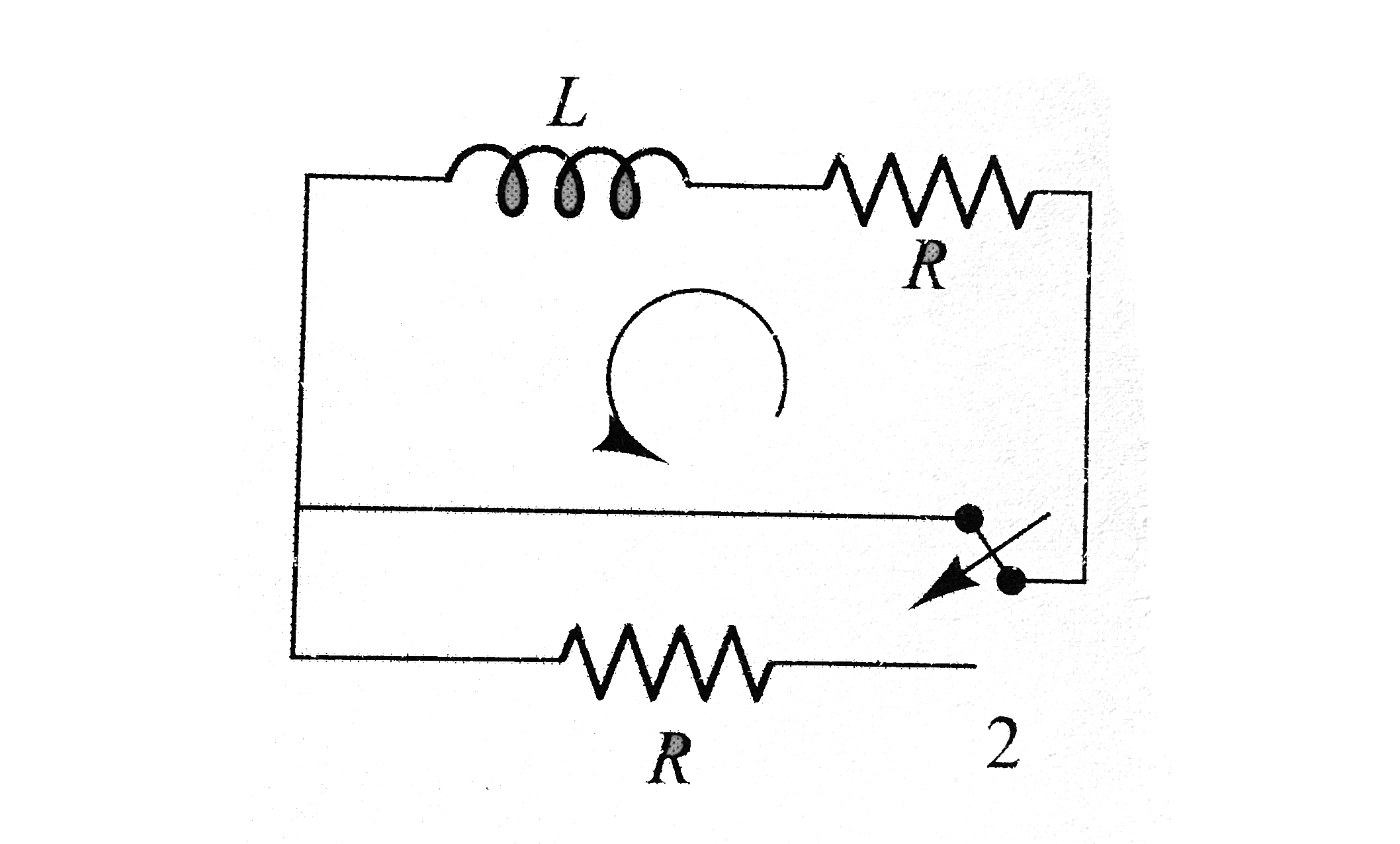
Text Solution
a. Shifting the position of switch increases the resistance of the circuit. This decreases the value of time constant.
Consequently, the rate of decreases of current increases.
The variation of current with tomes is shows in Fig
b.The equations of the curves are i=I0e−Rt/L (for 0≤t≤L/R)
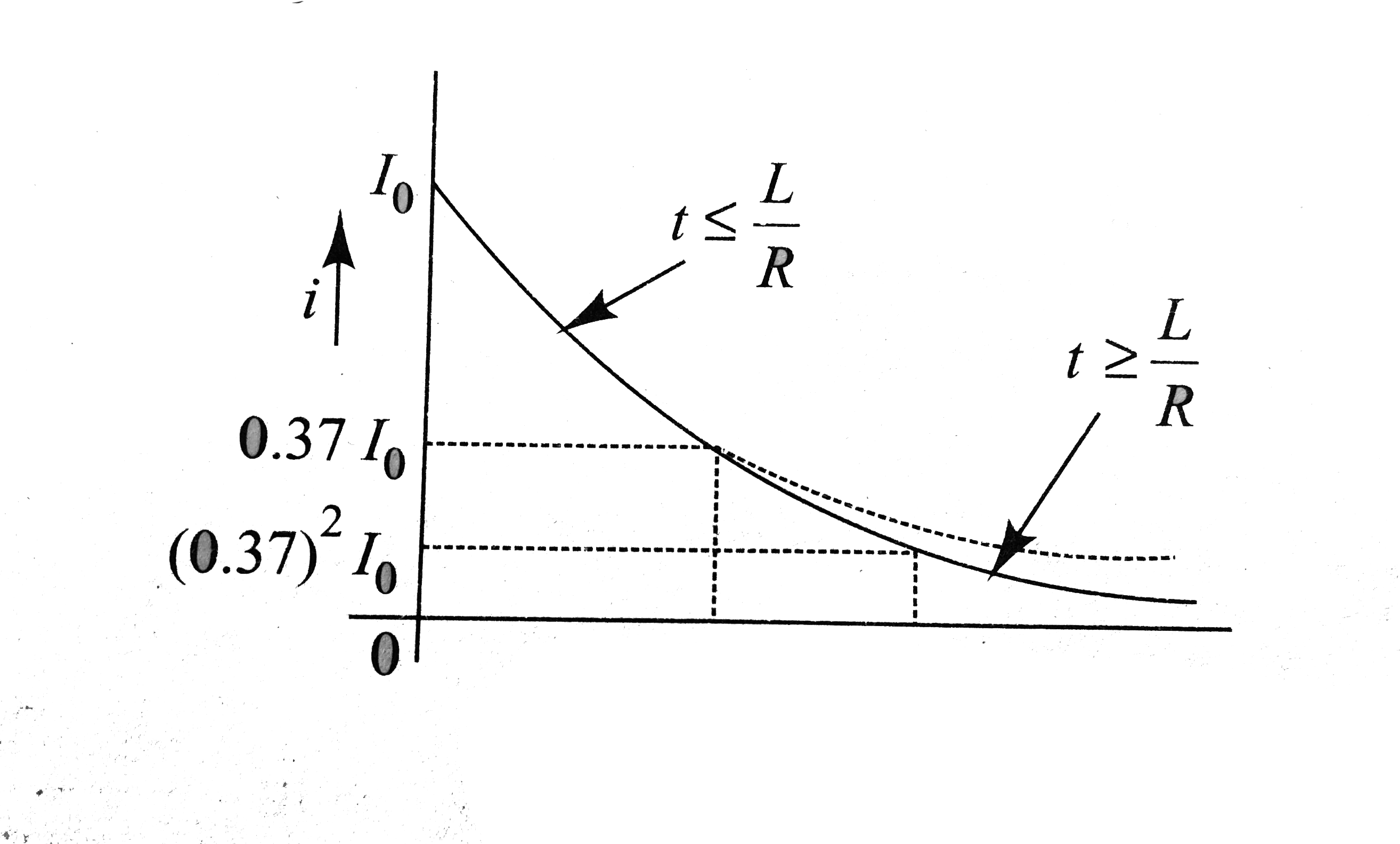
For RL≤t≤∞ and i=(0.37)I0e−2RL(t−LR)
At t=32LR, hence i=(0.37)I0e−2RL(3L2R−LR) or i=(0.37)2I0
|
Similar Questions
Knowledge Check
In the circuit shows in Fig. switch k2 is open and switch k1 is closed at t=0. At time t=t0, switch k1 is opened and switch k2 is simultaneosuly closed. The variation of inductor current with time is
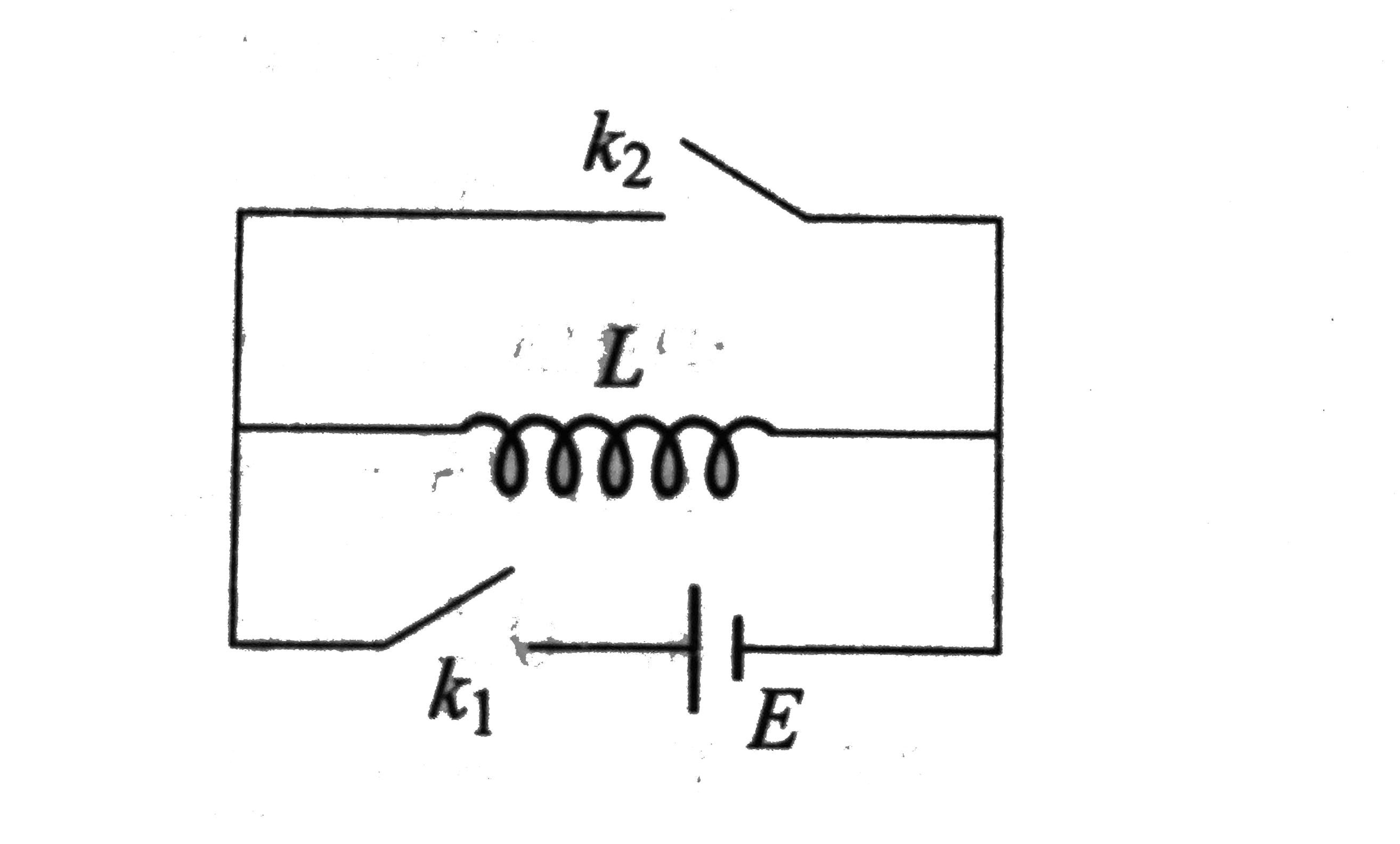 A
A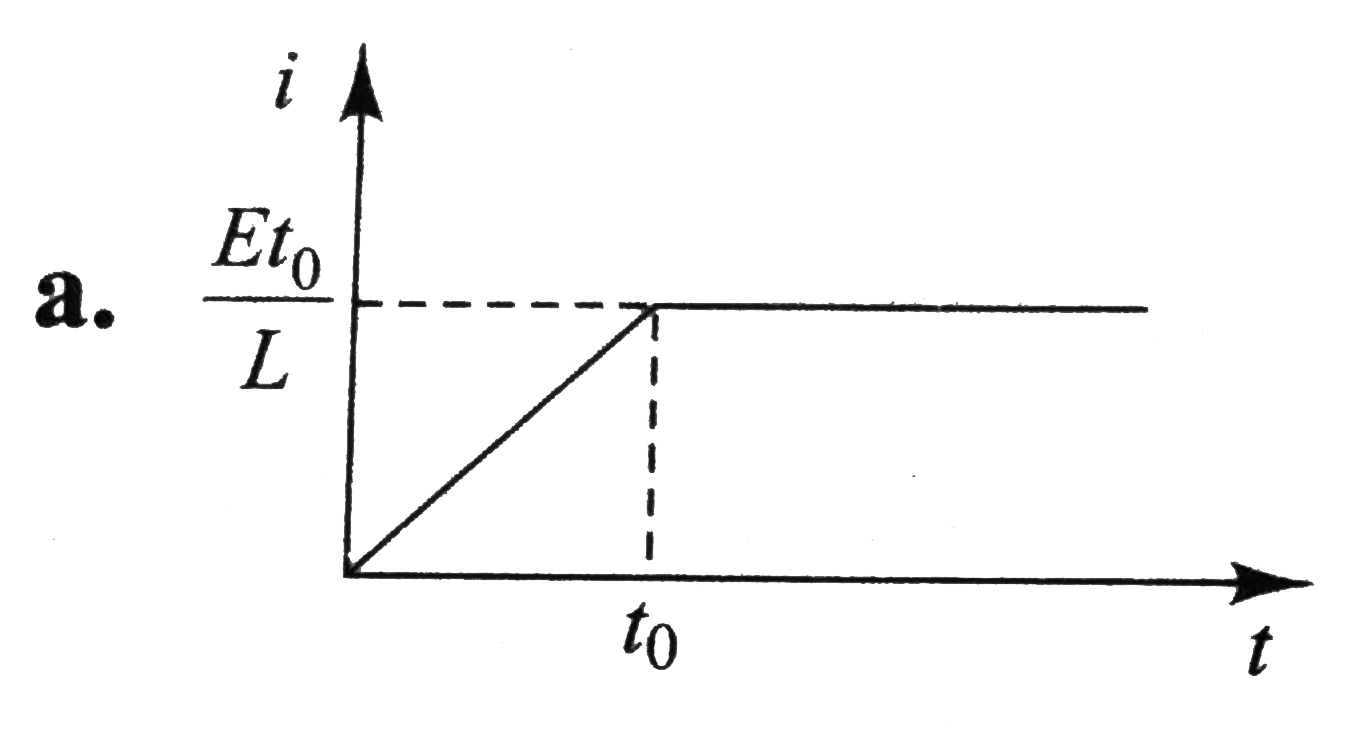 B
B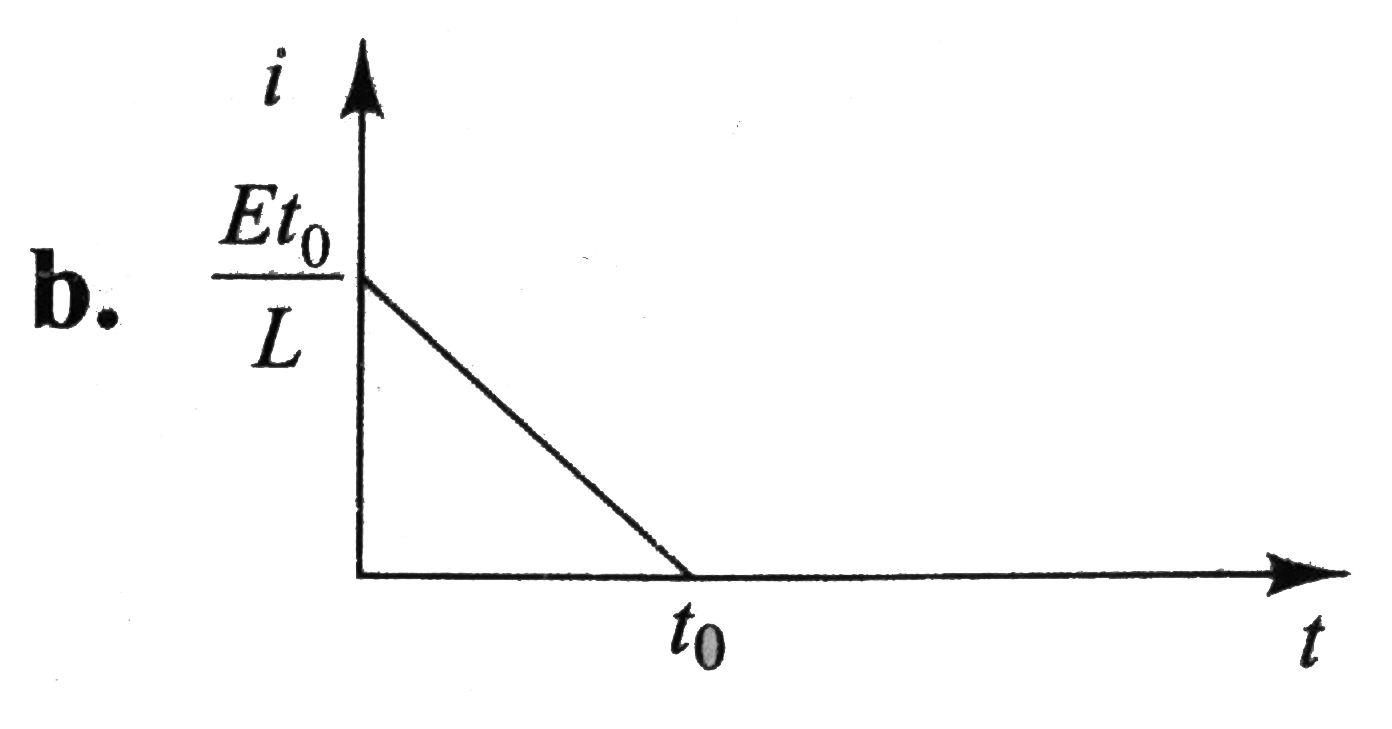 C
C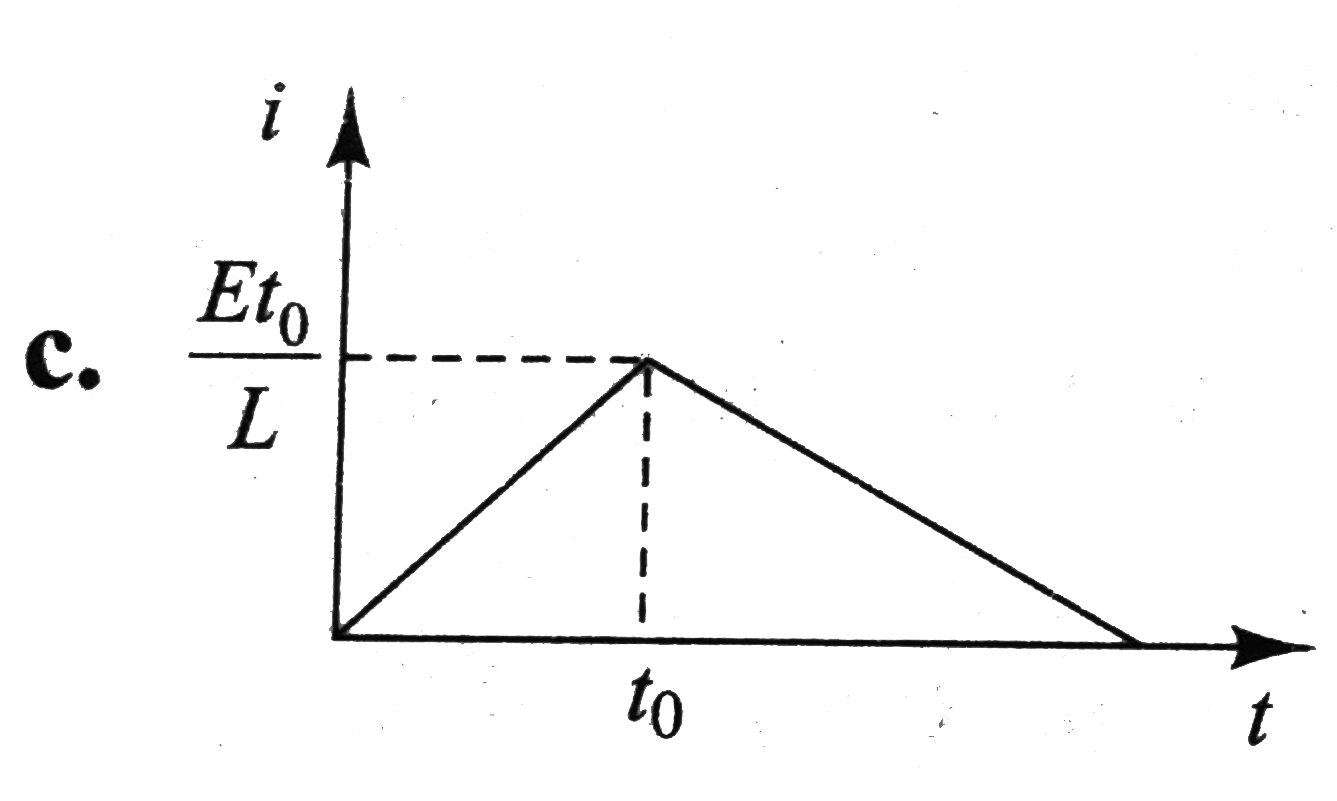 D
D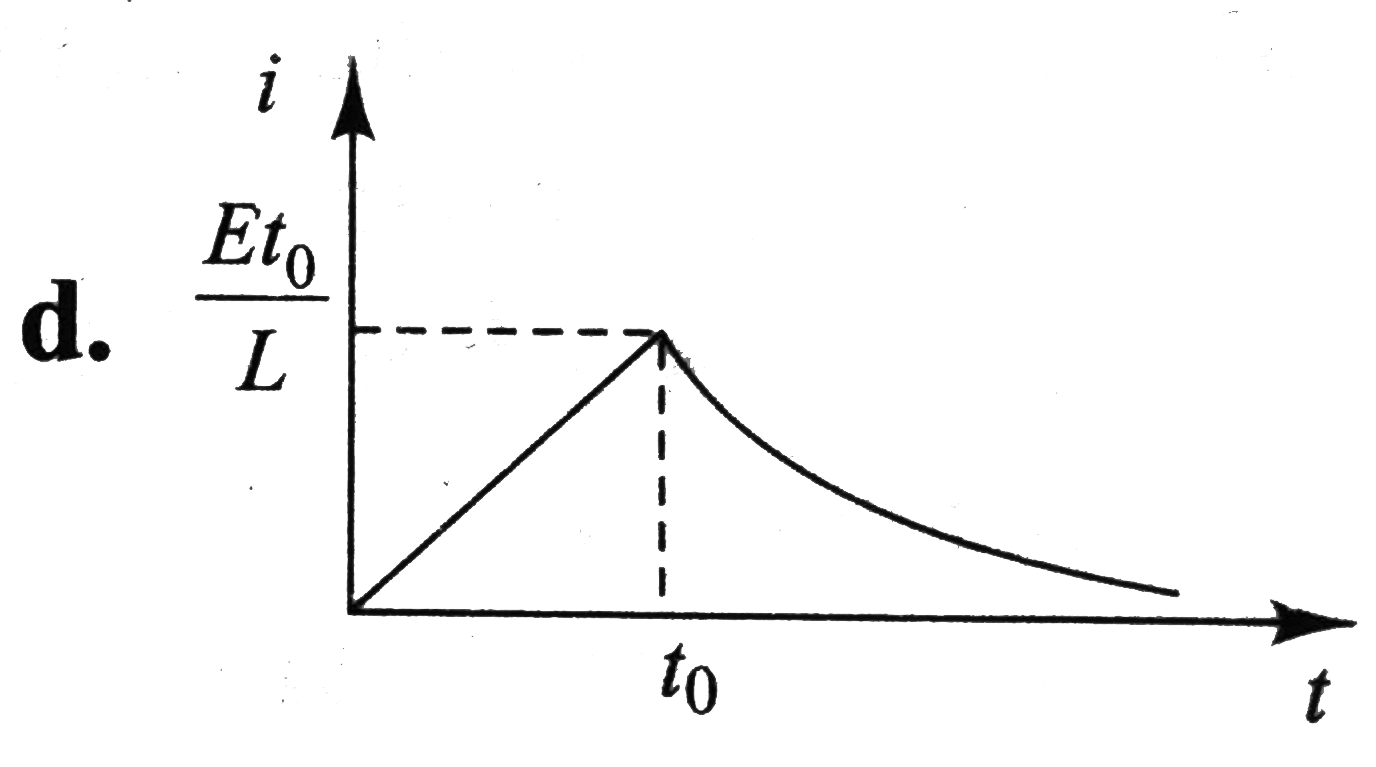
In the circuit shown in the figure initialy the switch in position 1 for a long time, then suddenly at t=0 the switch is shifted to position 2. It is required that a constant current should flow in the circuit, the value of resistance R in the circuit
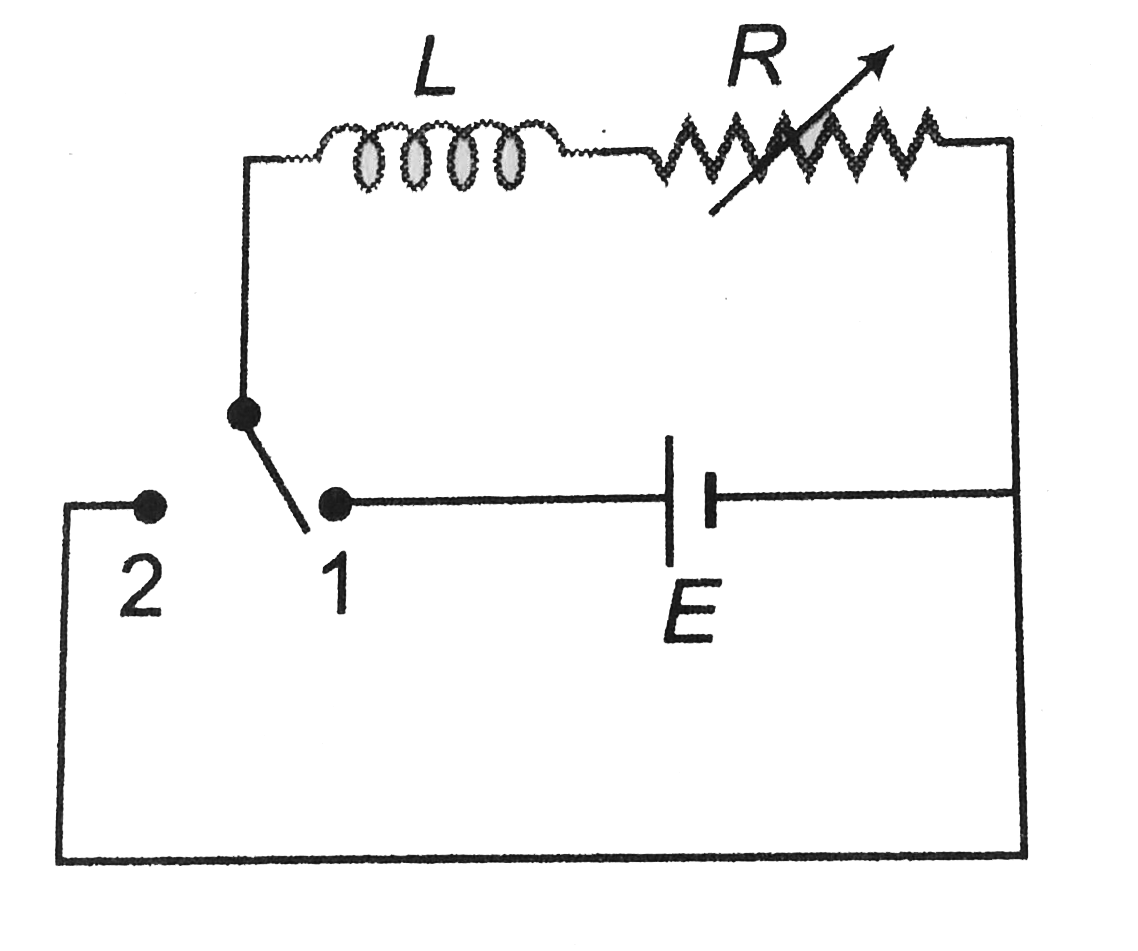 Ashould be decreased at constant rateeBshould be increased at a constant rateCshould be maintained constantDnot possible
Ashould be decreased at constant rateeBshould be increased at a constant rateCshould be maintained constantDnot possibleIn the circuit shown in figure switch S is closed at time t=0
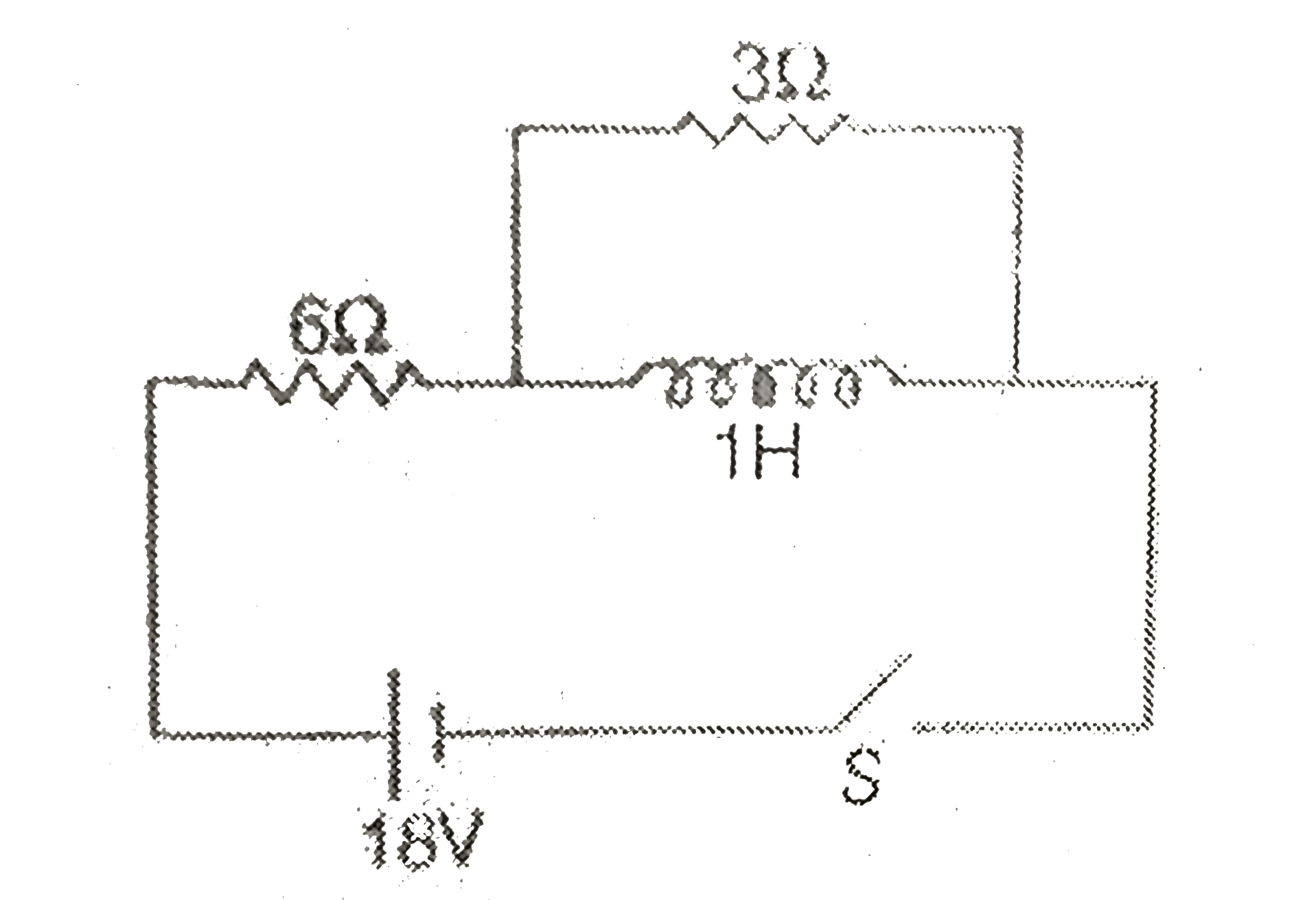
Current I from the battery at time t is given byA3(1−e−2t)B3+e−2t)C3(1-e^(-t/9))D3−e−2t
In the circuit shown in figure-5.115, find the current in inductor as a function of time if switch is closed at t=0.
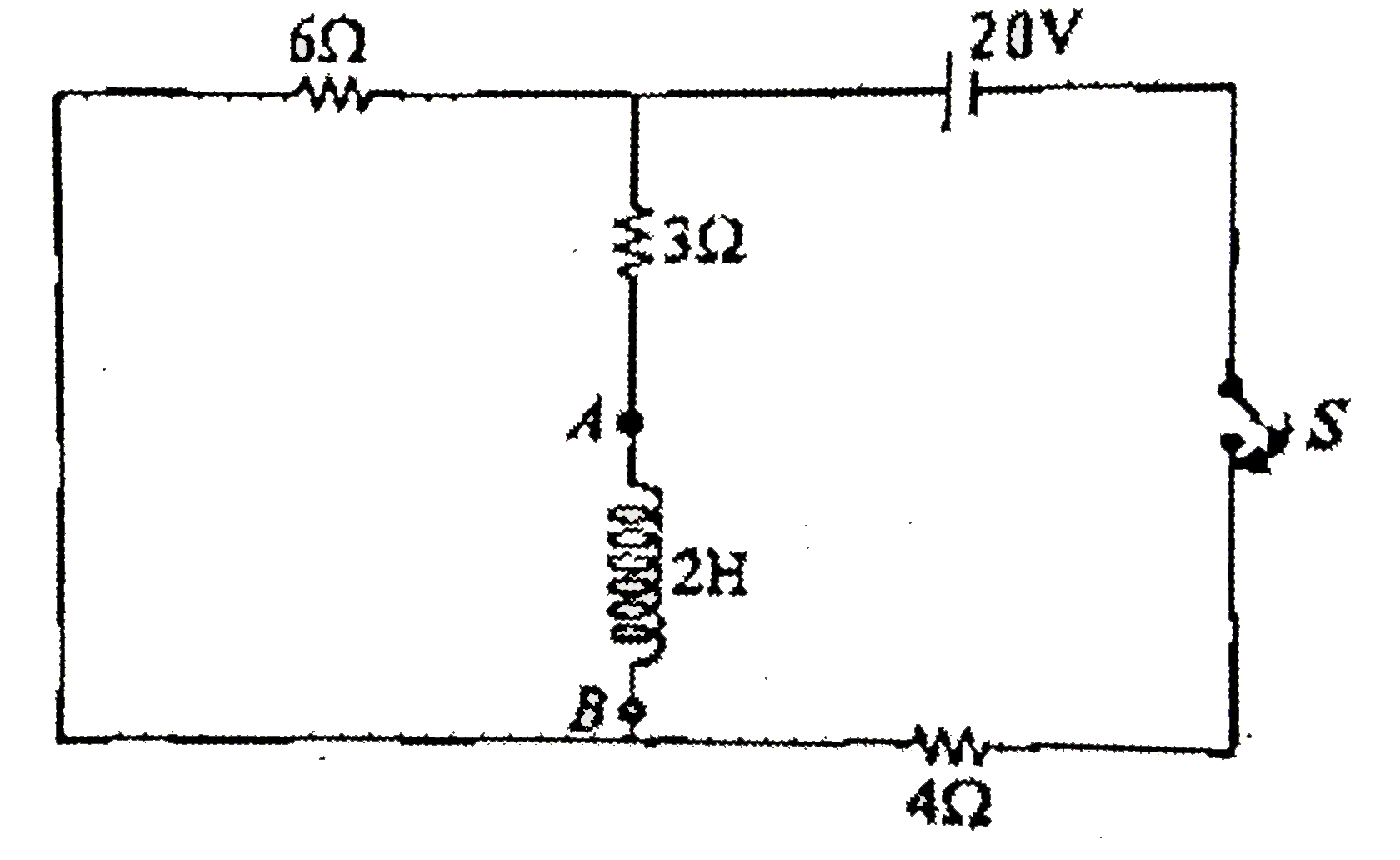
View SolutionCalculate the ratio of current flowing through the battery at t = 0 and t=∞ (t = 0 is the time of closing of the switch)
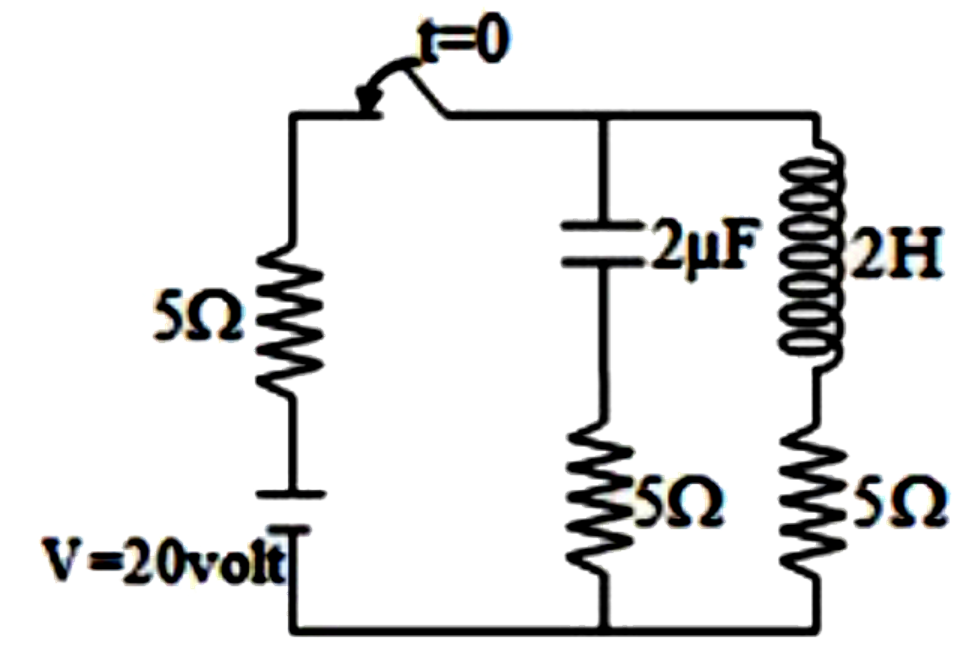
View SolutionSwitch S is cloesd in the circuit at time t=0. Find the current through the capacitor and the inductor at any time t
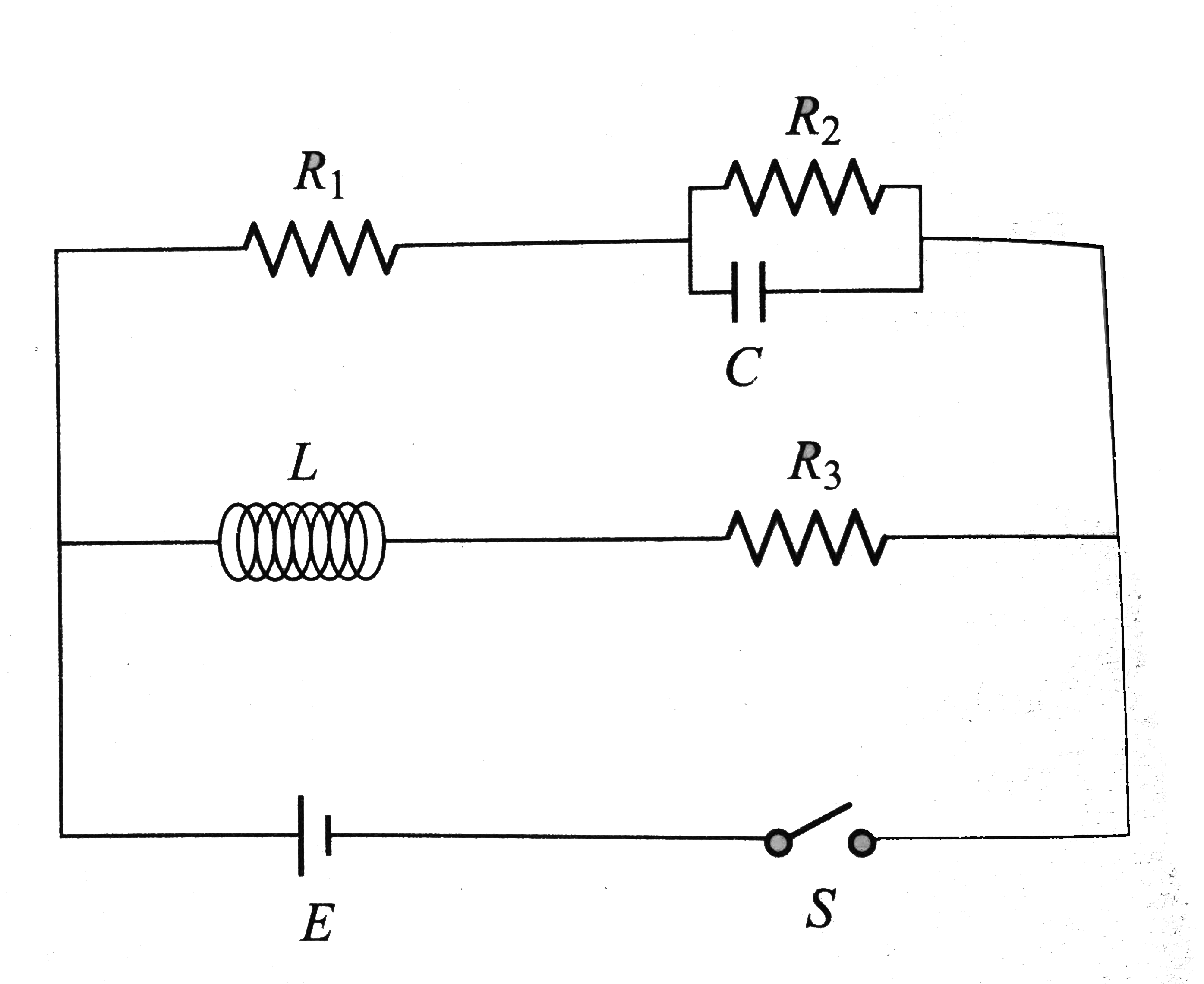
View SolutionAt t=0 , switch S is closed. Find time constant of the circuit and current through inductor as a function of time t .
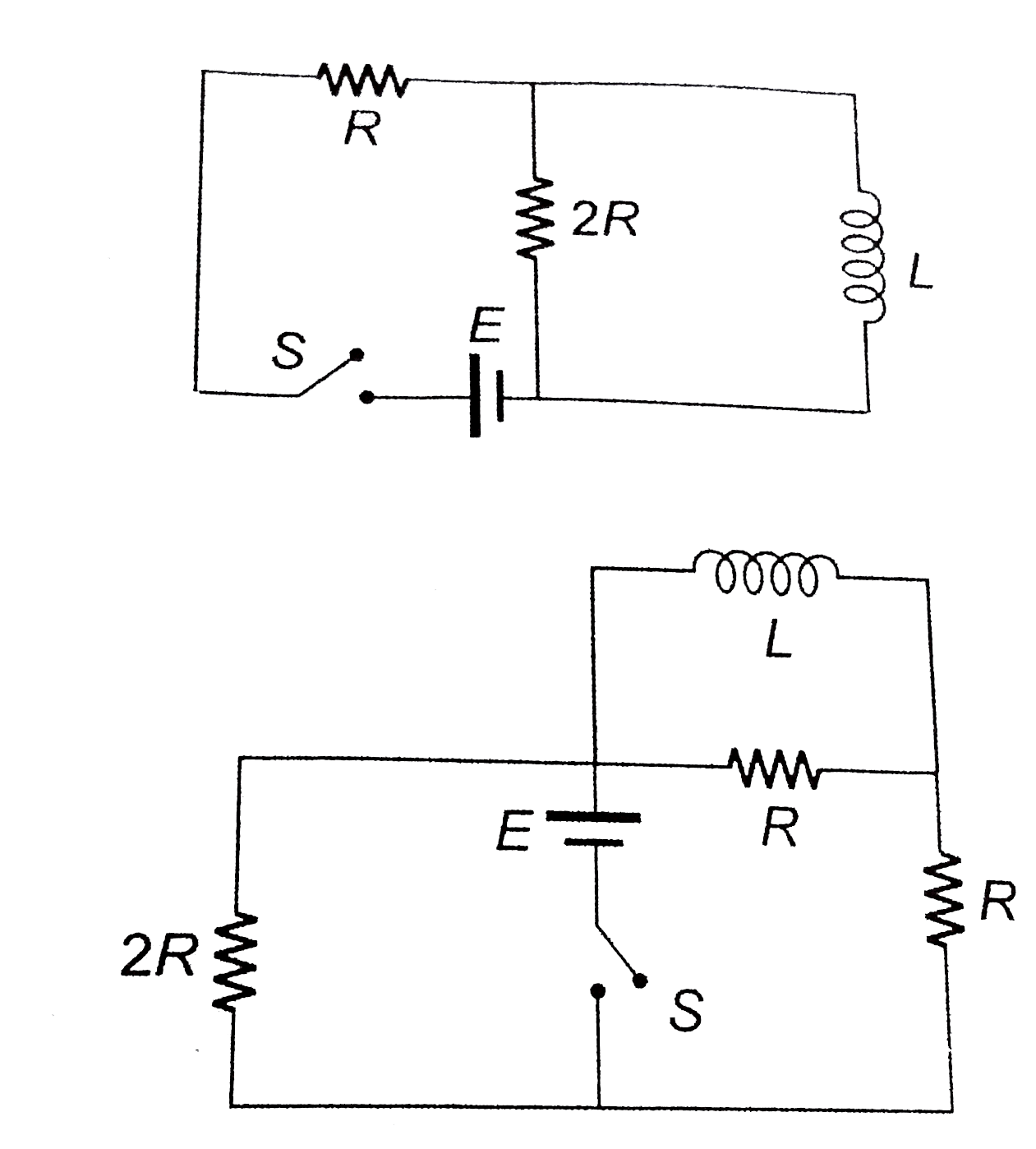
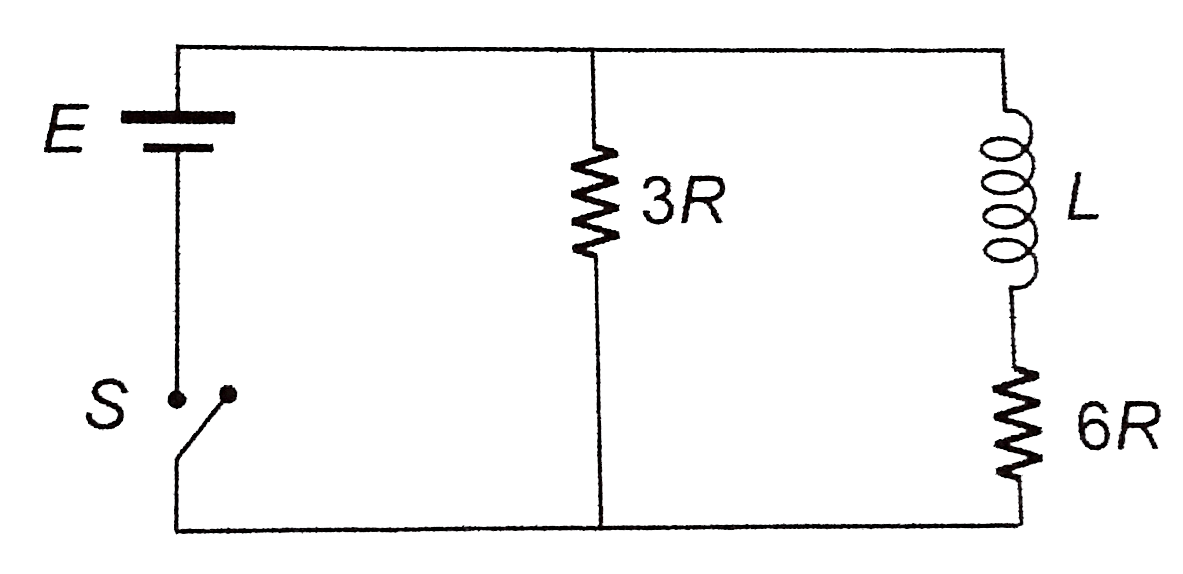
View SolutionIn the circuit shown if Fig. the switch S is closed at time t = 0. The current through the capacitor and inductor will be equal at time t equal (given R=√L/C
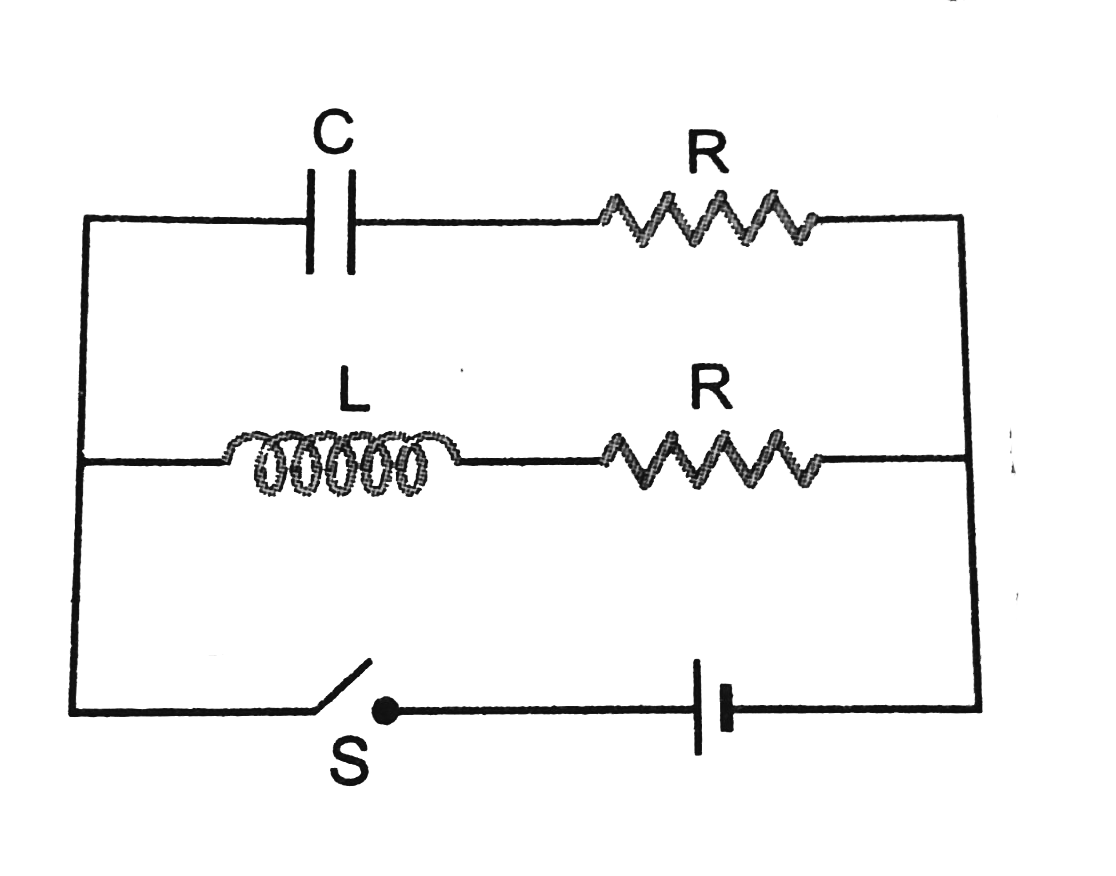
View Solution


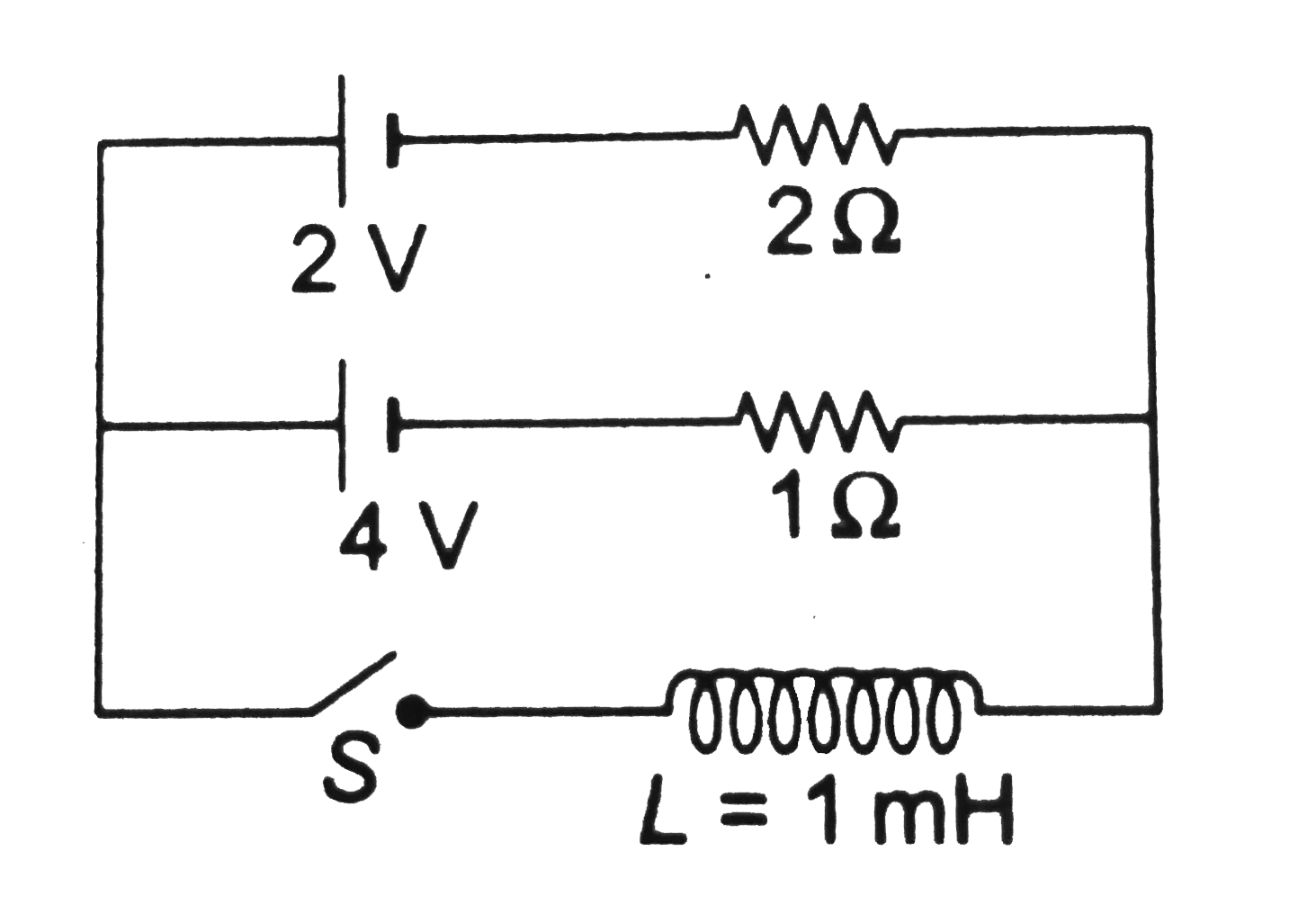
_PHY_E06_157_Q01.png)